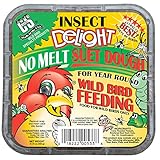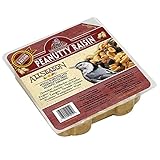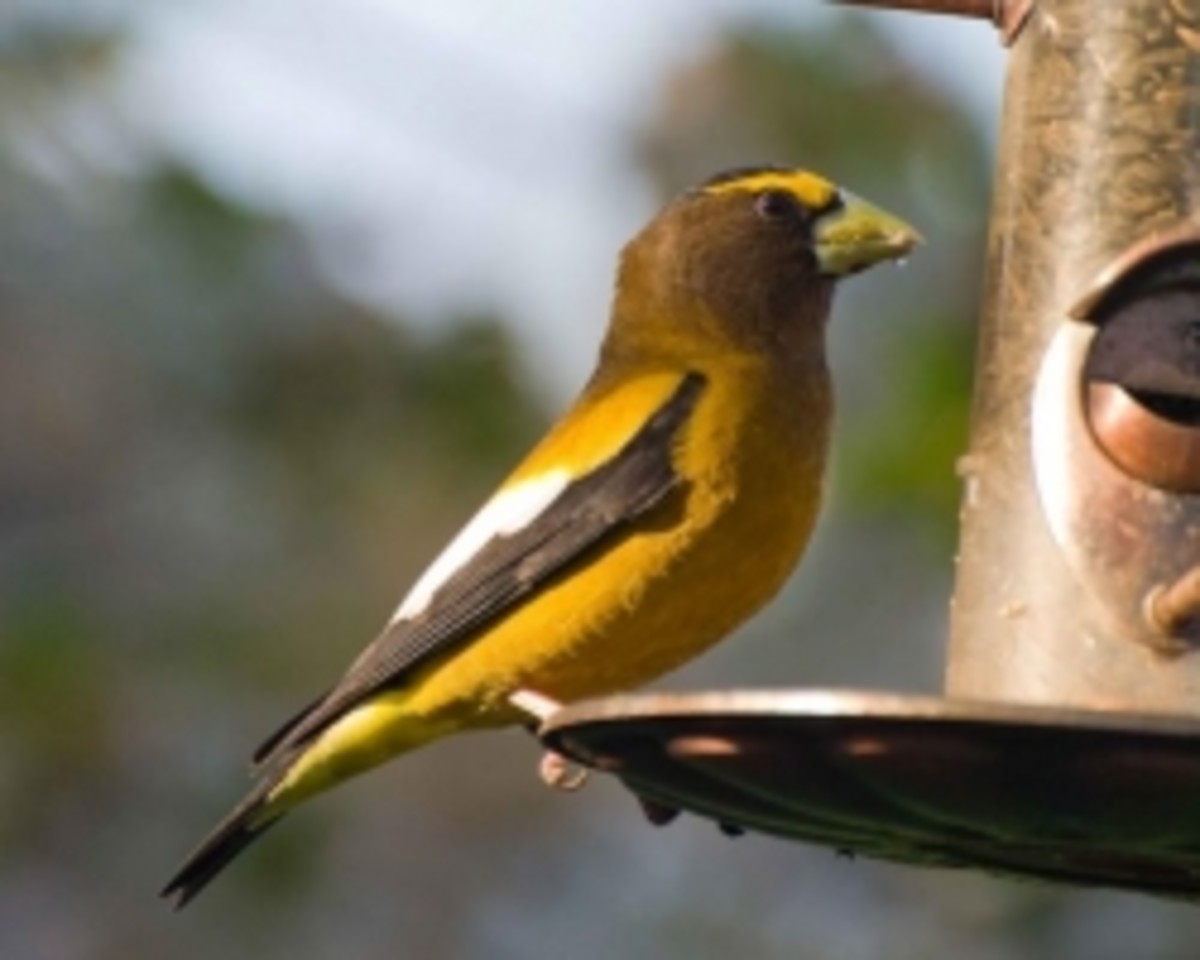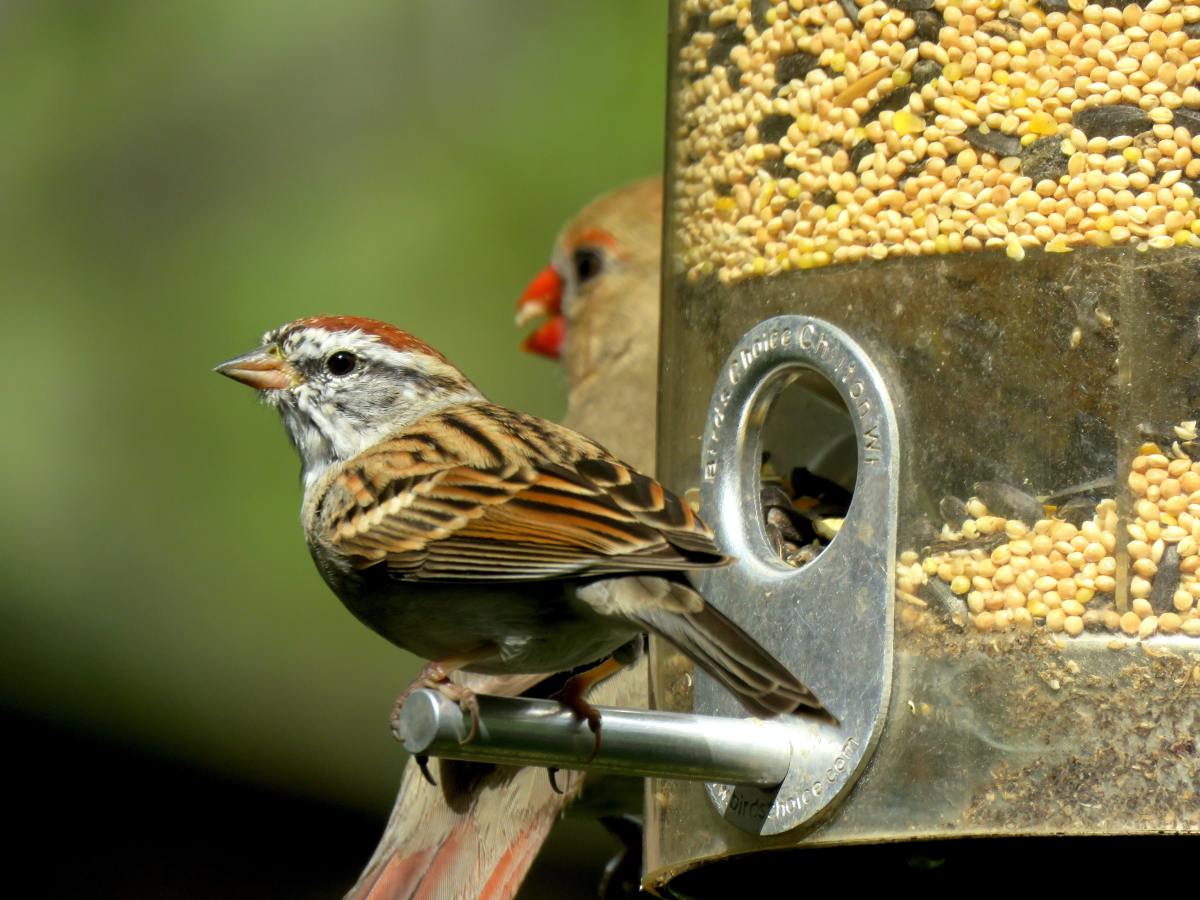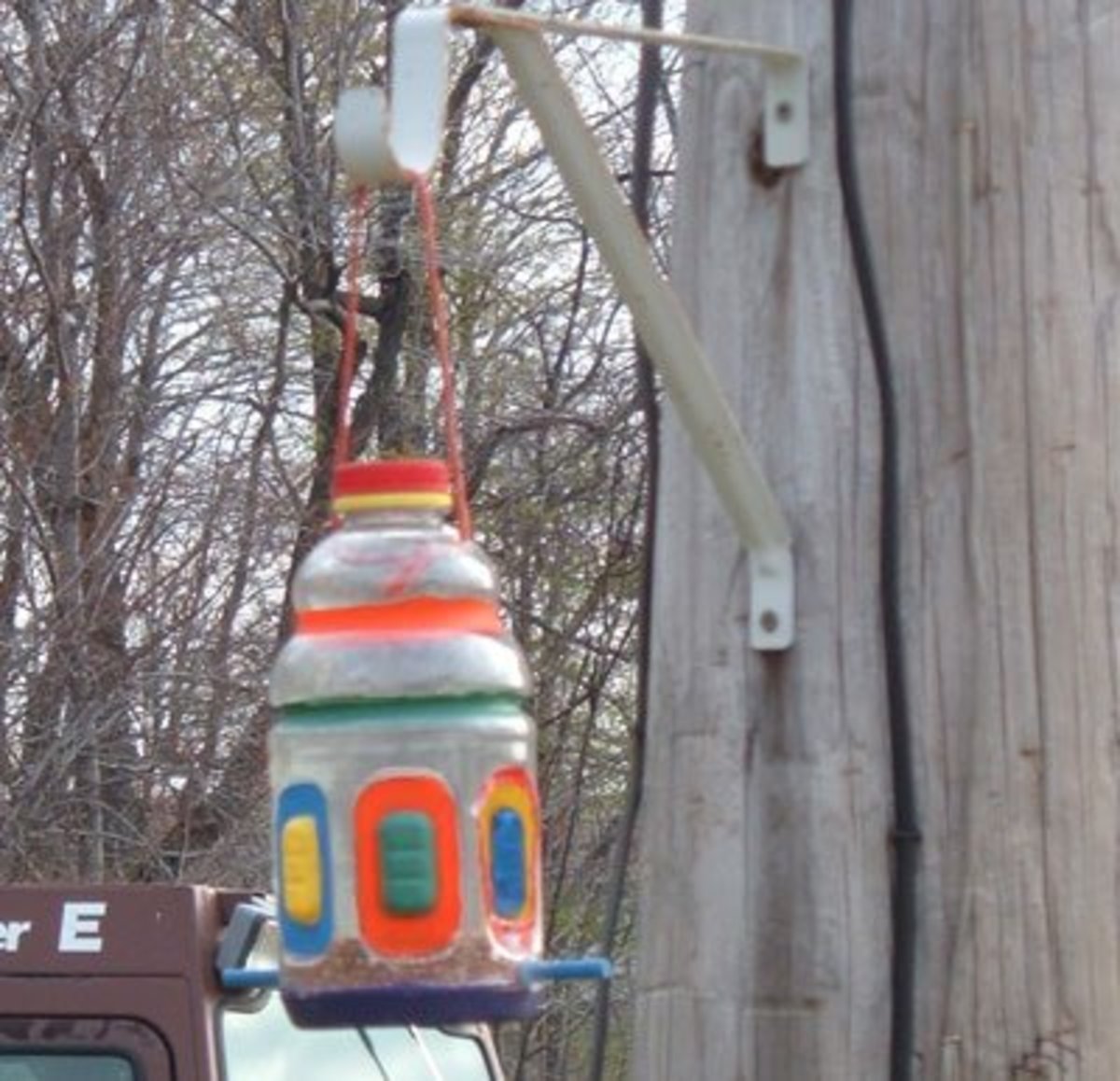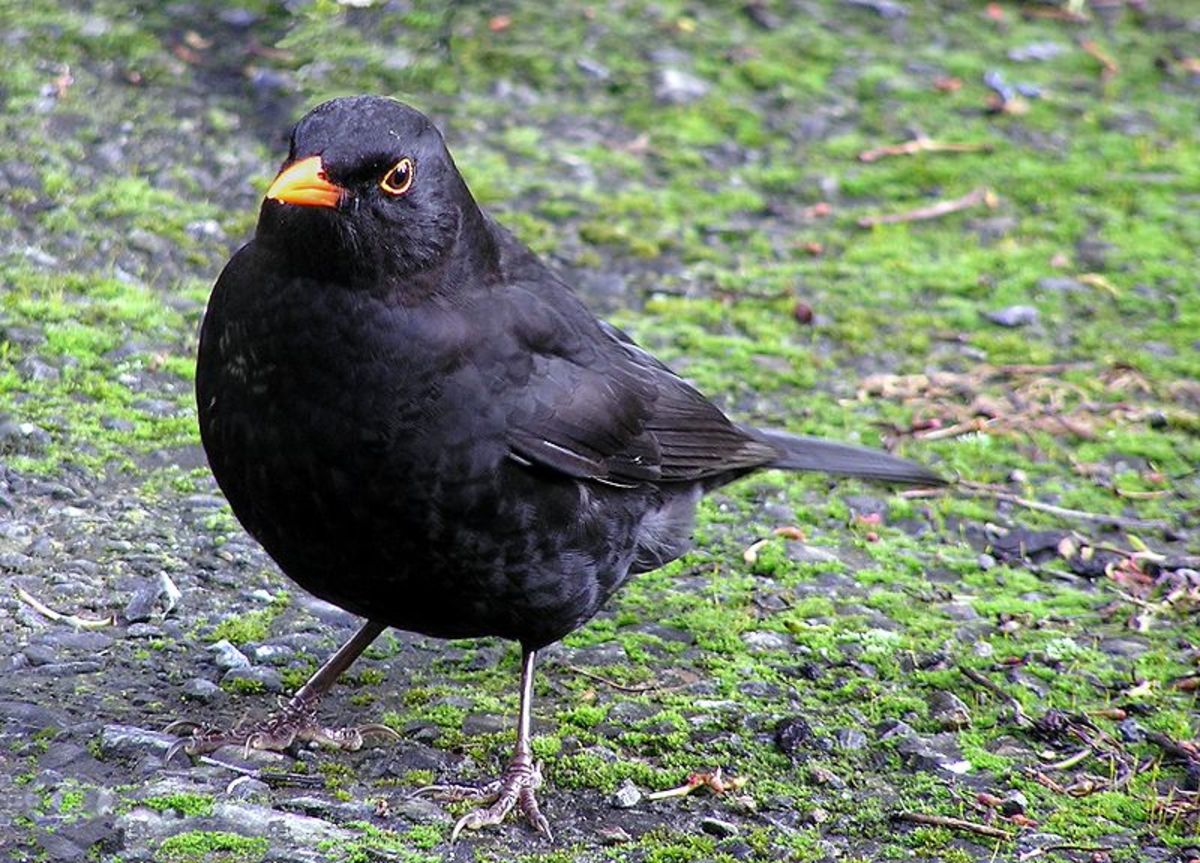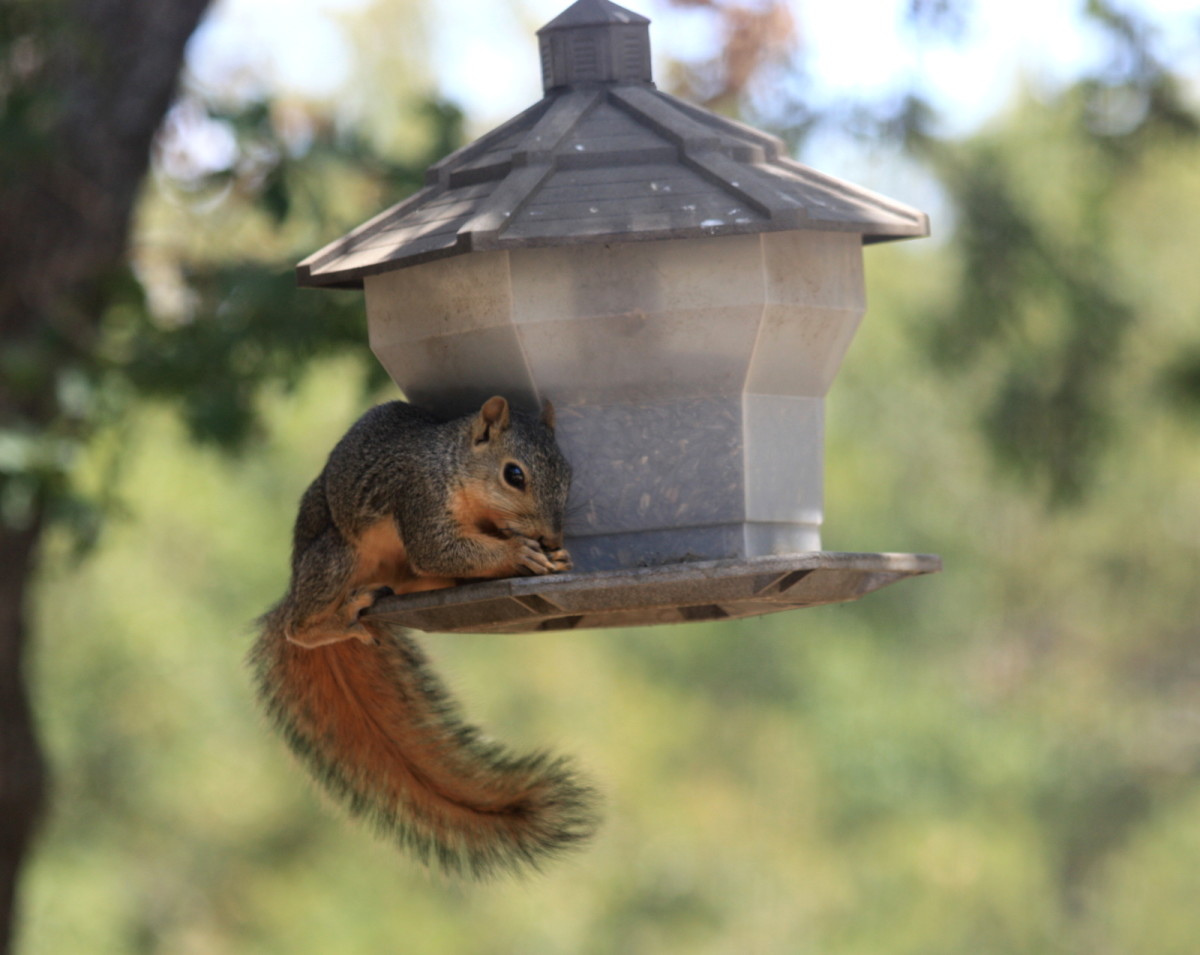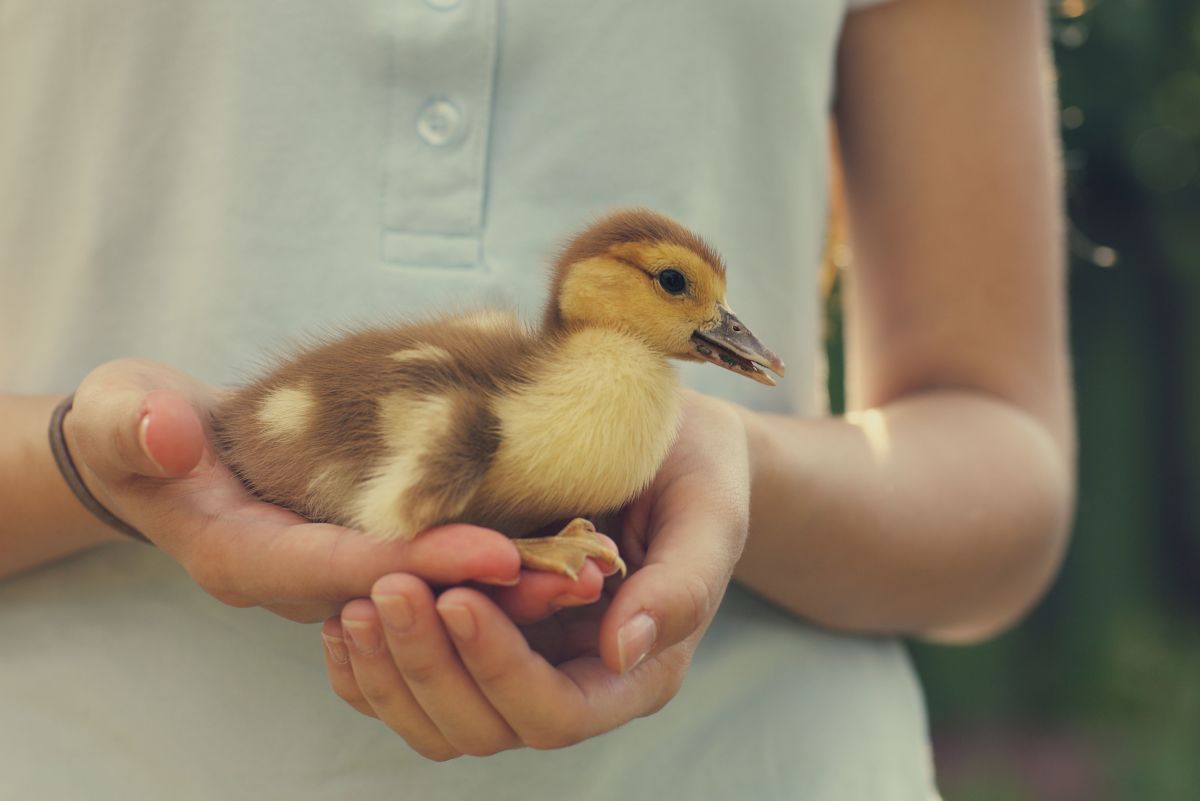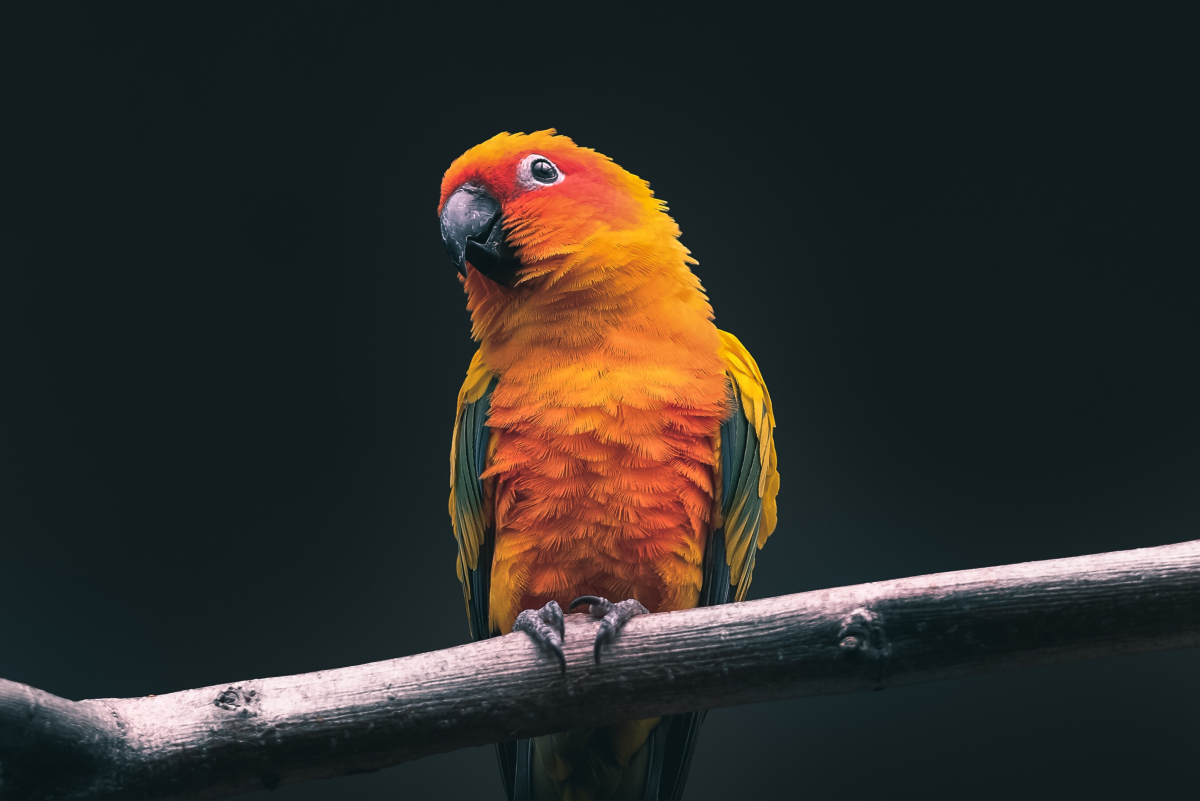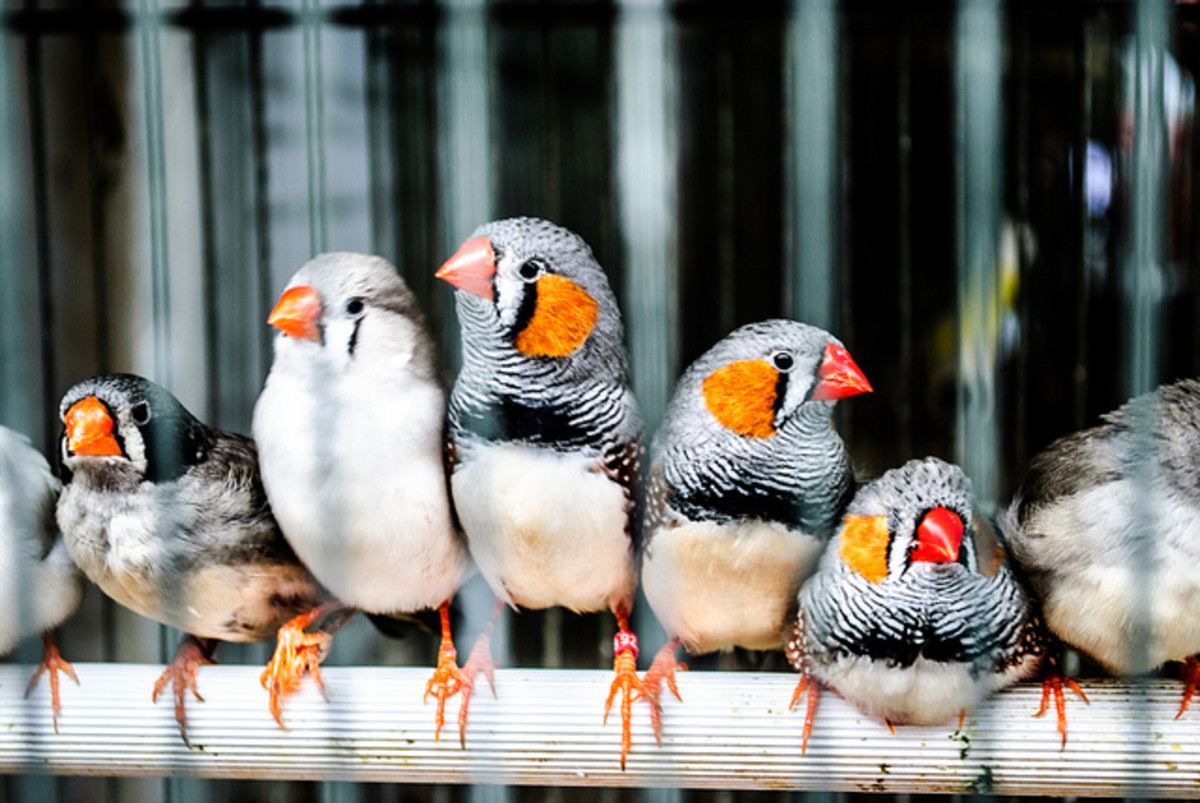How to Feed Birds in Winter
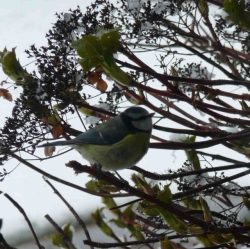
How to Look After Wild Birds in Winter
Find out how to feed birds in winter, including the best foods and methods of feeding the wild birds visiting your garden during this most difficult time of year for our feathered friends.
Whether you feed the birds all year round or have never put out a bird feeder in your life, it is very worthwhile putting food out for the birds during winter, because this is when birds need the most help getting food - especially in very cold periods where frozen ground and low temperatures can be fatal for them.
This guide explains how high energy foods are important, why even simple things like checking your bird bath for ice can be vital, and how to make a big difference to the garden birds this winter.
Photo Credit: Blue Tit in Winter Snow - copyright of the author
Why I Feed the Birds
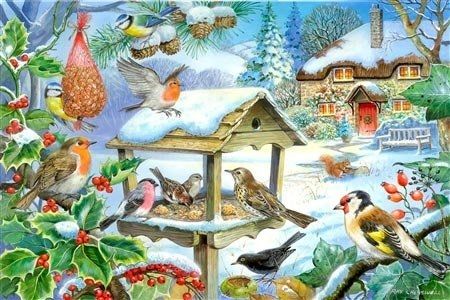
Photo Credit: Feed the Birds - Winter Garden - 250 Piece Jigsaw Puzzle on Amazon
I gained my love of feeding the birds from my family - I grew up watching my parents and grandparents lovingly putting out food for the birds, hanging feeders, filling bird baths with water, and generally looking after our feathered garden visitors.
In return we were rewarded with an abundance of every day British garden birds - blackbirds, robins, tits, sparrows, thrushes - but also some of the less commonly sighted - dunnocks, greenfinches, siskins, bullfinches and more.
When I moved up north to Cheshire, we didn't initially have any feeders in the garden because we were focused on doing up the house. But we live near woods and are blessed with three oak trees, along with a variety of fruit trees and bushes, so the birds came anyway, as did the local wildlife, and once we started feeding them properly, what a treat!
Nesting blue tits every year, a pair of robins, numerous blackbirds, a plethora of finches, occasionally crows, and even the shy jays come and visit from their home in the woods. This year we have been treated to the sight of three - a pair, and possibly a grown up baby from last year. We even have an annual visit from a pair of woodcocks, which are very rare to see, especially on the ground and in a garden!
I love my garden wildlife and think it is very important to help and nurture it as much as possible. And I also love what we receive in return - gorgeous visiting birds and animals, and delightful birdsong morning, noon and night!
Why Winter Feeding is So Important to Birds
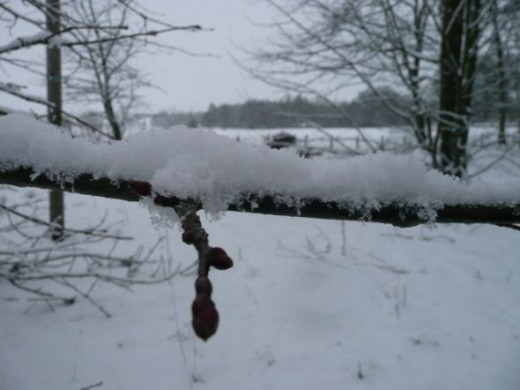
Photo Credit: Snow on Branch - copyright of the author
There are many reasons why birds need help with feeding in the winter. For starters, the cold temperatures and frozen ground can prove fatal. Food is scarce - especially in the snow. Go out and uncover patches of lawn so that birds can get to the ground and access natural food. But snow, and generally rainy weather, can make that natural food (insects, worms etc) hard to find. Here in Britain we experience a lot of flooding every winter, and all that water lying on the ground for days or even weeks means that the insects in the soil, worms and all, die. Which in turn, means no food for the birds and other wildlife.
In addition, if water turns to ice, birds can't find vital water, so it is important to check your bird baths and other sources of wildlife water in your garden during very cold weather - if they have frozen over, break the ice so that the birds have something to drink again.
This is why it is so important to put out food for the birds in winter. If their natural food sources are low, they have a reliable and plentiful source that they will learn they can return to again and again.
Not only will you be doing a great service to wildlife, but you'll be treated with a sight to brighten those dreary winter days - lots of lovely colourful birds on your feeders and tables! Put out the right food and you might even get to see rarities - this is more likely in winter as they are seeking out new sources of food. Sometimes, even visiting birds from other countries may appear (American birds get blown across the Atlantic to British shores sometimes, for example), so you might even end up seeing a bird you can't find in the guidebook!
This guide applies equally to birds all around the world. Whether you are in the UK, US, Europe, Australia or elsewhere, helping the birds is a very important thing to do this winter!
Give the Birds a Helping Hand
Do You Feed the Birds in Winter?
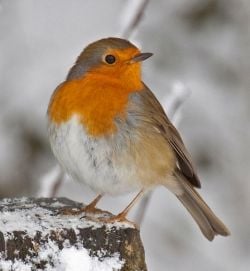
What to Feed Birds in Winter
While the birds will be grateful for any kind of food at this time of year, there are certain foods in particular that have greater benefits during the cold. Look for high energy foods especially, as this helps birds warm up in the cold weather. High energy foods include:
* Special high energy or winter mixes containing high energy foods like sunflower hearts or peanuts
* Suet
* Fat balls
Other foods that are good to put out in winter include:
* Niger seeds to attract small birds like goldfinches and siskins
* Mixes that include mealworms (such as "mealworm crumble"!) or dried mealworms as this provides the birds with natural food as well
* Healthy, suitable scraps such as apples and pears, grated mild cheese and cooked potatoes
* A drink! Don't forget about providing a water source via a small pond or bird bath, and keep checking to make sure it hasn't frozen over
Photo Credit: Robin in the Snow via Wikimedia Commons
Licensed under Creative Commons Attribution 2.0 Generic License
Feed the Birds this Winter

How to Feed Birds in Winter - Video Expertise - The Facts from Bill Oddie and Others
Peckish 12.75Kg Winter Warmer Bird Seed Mix
Fat Bird - DIY Fat Cake Making Kit
Gardman Value Suet Feast 10 Mega Value Pack
150 Fat Balls Pack For Wild Garden Birds
Harrisons Wild Bird Premium High Energy Fat Balls x 100
Bill Oddie's High Energy Nutri-Boost Bird Food 2kg
Feeding Ground Feeding Birds in Winter
To give ground feeding birds extra protection and haven in winter, you can put food out (such as seed mixes, soft foods and live foods) in ground feeding trays or stations like these:
Chapelwood Large Metal Ground Feeder
Ground Feeding Bird Guard - Small Mesh
Gardman Ground Feeder Tray BTO/BSO Approved
Gardman BA01305 Compact Ground Feeder Tray
Songbird Essentials Ground Platform Feeder Green
Backyard Boys Woodworking Seed Block Ground Feeder
You can also assist ground feeders in cold weather by clearing away ice and snow from the ground. Clear a different patch of lawn each day so that they are able to look for natural food sources in the ground.
How to Make your Own Winter Bird Feed
You can have a go at making your own bird food, such as fat balls and birdy loaves, from your bird seed mixes and your own leftovers like stale bread. This is especially great to do if you have kids, as they will love making things to help them birds and then watching them flock to eat them! A top way to get them involved in looking after winter wildlife.
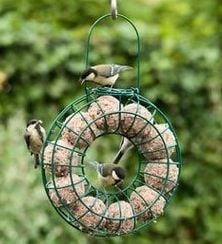
This recipe combines the goodness of fat balls with the high energy content of suet and seeds. For your seed mix, use foods like sunflower hearts, black sunflower seeds, safflower, peanut granules, cut maize and lots of tiny seeds that are perfect for small beaks. Alternatively, use a pre-made mix such as OlymPeck! Bird Breakfast.
Ingredients
- 100 g of high energy seeds or winter mix
- 300 g high energy suet pellets
- 25 g fat
- 25 g dried mealworms
- 1 egg
Instructions
- 1. First, soften the suet pellets in the microwave, before adding the dried mealworms to the suet in a bowl
- 2. Stir in the fat and then pour in the seed mix
- 3. Bind together the mixture with the egg, and shape into fat balls on a sheet of greaseproof paper
- 4. Leave overnight so that the balls set
- 5. Hang the balls outside in a fat ball feeder or leave them out on the bird table, and enjoy watching the birds!
- Photo Credit: Birds eating fat balls in Fat Ball Feeder from Amazon
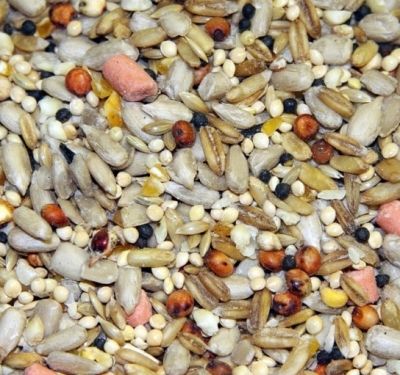
Make your Own Winter Bird Loaf
This recipe uses high energy seed and suet (as per the previous recipe), combined with oystershell grit. Grit is essential in the digestive system of all seed-eating birds, and as well as helping with digestion, it helps supply many of the minerals and trace elements needed for good bird health, which is especially important for those laying eggs.
Ingredients
- 200 g high energy bird seed or winter mix
- 100 g high energy suet pellets
- 100 g flakes of cereal
- Breadcrumbs from 2 pieces of stale bread
- 2 teaspoons oystershell grit
- 1 egg
- Dried mealworms
Instructions
- 1. Line a loaf tin with the dried mealworms
- 2. Add the seed mix, suet and oystershell grit together in a bowl
- 3. Once well mixed, crumble in the breadcrumbs and add the cereal flakes
- 4. Add the egg to bind the mixture together and stir well
- 5. Pour the mixture into the loaf tin and leave until set
- 6. Turn the tin out upside down in the garden and leave out for the birds to tuck into!
Bird Feeders and Bird Table Care in Winter
Of course, all your normal bird feeders are vital for providing food in the winter - just make sure you invest in good quality, hardy ones that will withstand the bad weather.
However, there are certain feeders well suited to specialist winter food, like suet feeders and fat ball feeders, so look for those to hang up that high energy food! Also try to opt for a bird table that provides good shelter for the birds, which will help keep them protected in snowy and very cold, wet weather.
Amish Country Rustic Handmade Log Cabin Bird Feeder with Rock Chimney -
Remember to care for your bird tables and feeders in winter, just as you do all year round. It can be tempting to "forget" to maintain them as the weather outside is a bit off putting! But keeping your bird feeders clean and hygienic means that birds will stay healthy (essential at this time of year) and also means you won't be attracting unwelcome visitors like rats.
You don't want seed and other food out for too many days, so if it is taking a while to clear, reduce the amount of food you are putting out. If more birds start coming, you can monitor and adjust accordingly. The biggest danger to birds is droppings mixing with food, so that is why it is important to keep your feeding areas clean. A ground feeding tray can help keep areas cleaner than simply putting seed on the ground, and trays can also catch mess dropped from bird tables and feeders. Use a bird feeder bottle brush to keep cylindrical feeders clean.
Best Winter Bird Feeders

Proteam BC1001 - Wild Bird Care Range -Fat Ball Feeder
Fat Ball Feeding Ring - Holds 10 Fat Balls
Chapelwood Heavy Duty Suet Ball Feeder
The Nuttery Squirrel and Predator Proof Oval Suet Feeder
Chapelwood Heavy Duty Suet/ Scraps Feeder
Chapelwood Wooden Scraps Feeder (winter Blue)
How to Feed Birds Around the World in Winter
Even Australia has a winter - and look how much this Crimson Rosella is enjoying his feed up in the Blue Mountains! Wherever you are in the world, you can help your local native birds. Here is a selection of excellent guides to feeding the birds in your part of the world:
FEEDING BIRDS IN WINTER IN THE UK:
* Feeding Birds Advice from the RSPB
* BBC Guide to Feeding Birds in Winter
* Seven Tips for Feeding Birds this Winter
FEEDING BIRDS IN WINTER IN THE USA & CANADA:
* Feeding your Backyard Birds - The Humane Society of the USA
* Winter Bird Feeding Educational Resources
* Winter Bird Feeding from Nature Canada
More guides to be added shortly!
Other Ways to Help Birds in Winter
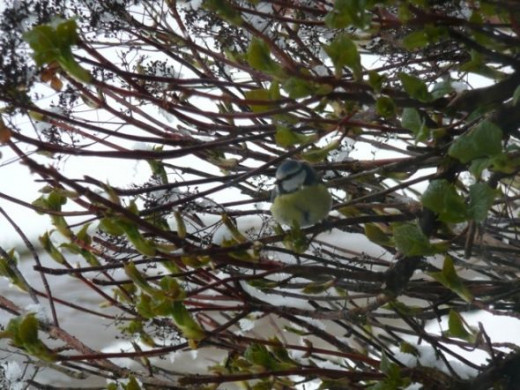
Photo Credit: Blue Tit in the Snow - copyright of the author
In addition to putting out high energy food and ensuring a plentiful water supply, you can also help the birds by leaving out certain leftover scraps (mild grated cheese, soaked fruit and cooked potatoes are suitable, as are unwanted apples and pears).
Another important thing you can do is provide warmth and shelter. Nest boxes are ideal shelter for smaller birds, and will be used later in the year for breeding. Bird tables with a roof or bird house feeds also provide shelter while feeding.
This guide to helping birds survive the winter has lots more useful tips on feeding, shelter and hygiene.

